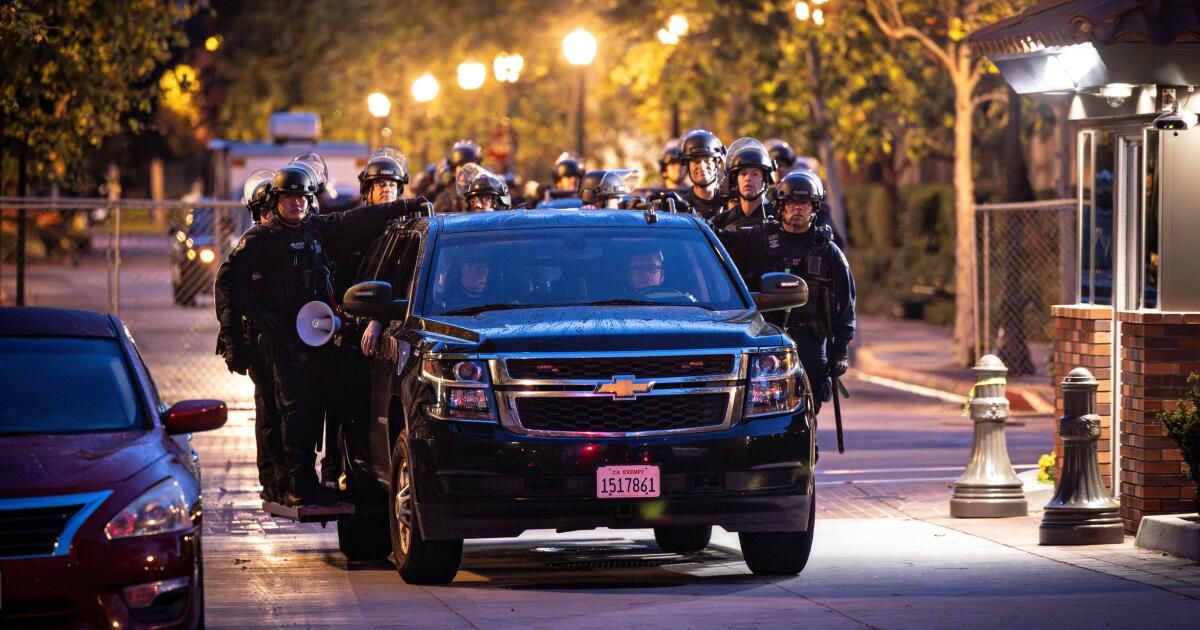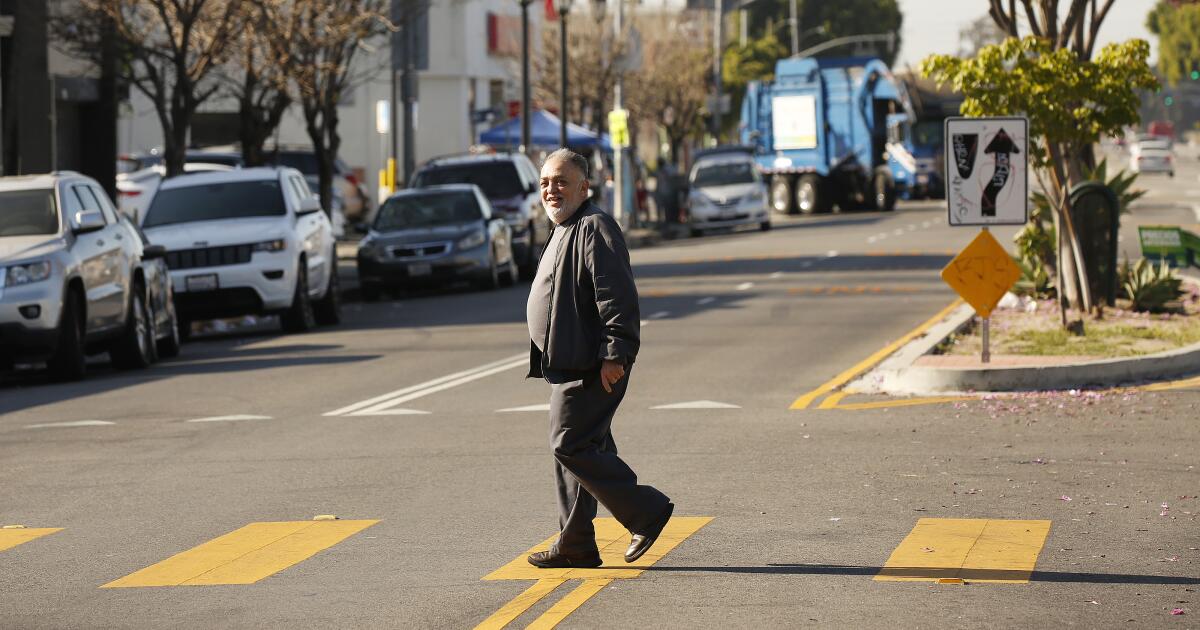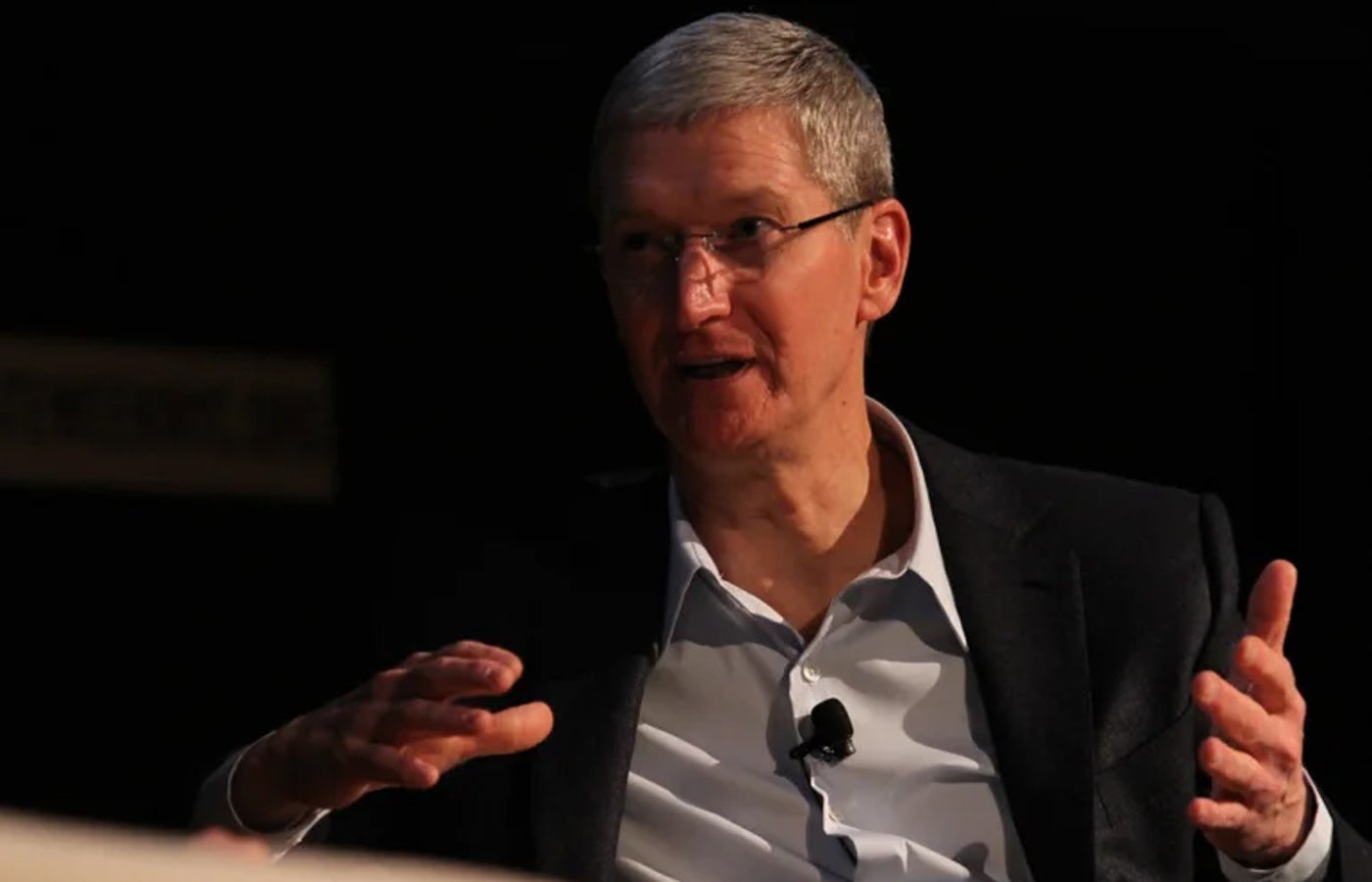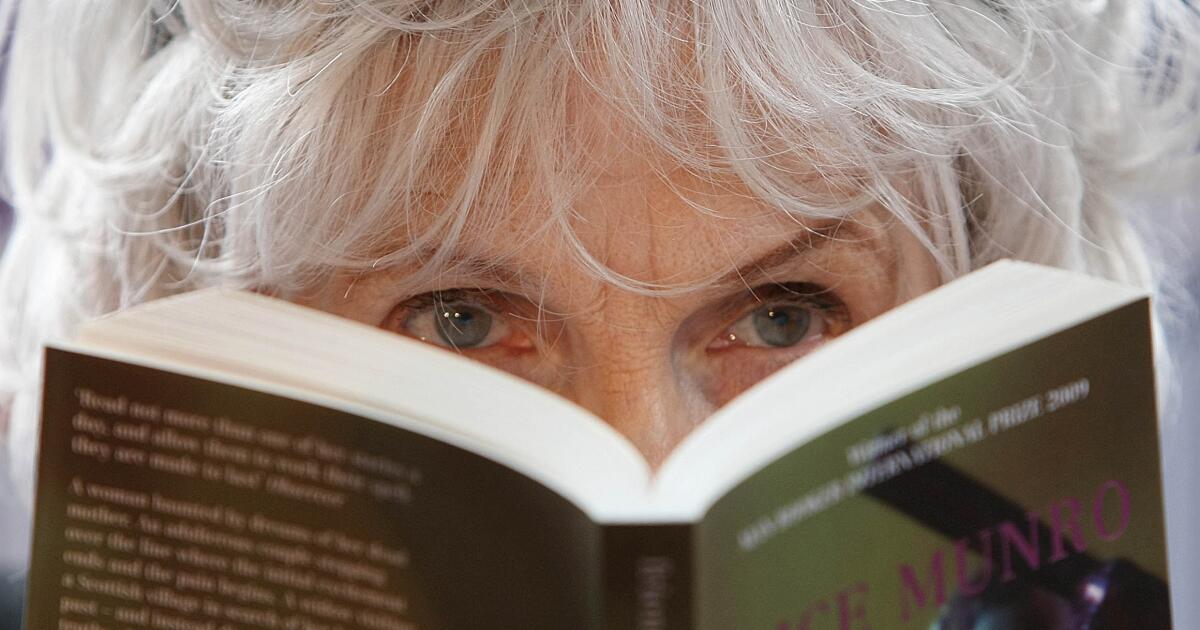Critics of recent student protests have often erred in comparing them to the mass anti-Vietnam War demonstrations that shook American college campuses more than half a century ago. In terms of size and disruptive capacity, there really is no comparison. The current student movement against the Gaza war is much smaller and much less disruptive than the university anti-war protests of the 1960s. So why has it provoked such an aggressive response?
The university presidents who witnessed the massive and ferocious student demonstrations of May 1970 (the month of peak anti-war protest in the Vietnam era) would have thanked their lucky stars if the protests on their campuses back then had been so non-existent. violent and tactically meek as most have been. It has often been this semester.
Sparked by student fury over President Nixon's announcement to expand the war with the invasion of Cambodia, in early May 1970 30 ROTC buildings were burned or bombed. By the end of the month, militants had engaged in 95 acts of arson and bombings on campus. The National Guard had been called in to quell student protests in 16 states, one of which was Ohio, leading to the Kent State massacre, in which guards killed four unarmed students and wounded nine others in a protest against the war. Large anti-war demonstrations spread to more than 1,300 college campuses and mobilized some 4 million students, more than half of the American college student population. This included 350 student boycotts of classes and the closure of about 500 colleges and universities.
By contrast, this semester's protests have involved, by recent counts, more than 50 campuses, and have typically mobilized hundreds of student protesters rather than thousands. There have been only a handful of building takeovers, limited use of civil disobedience and an absence of bombings, arson and student strikes.
However, police have been called in to crack down on nonviolent encampments on campuses such as USC, New York University, the University of Virginia, the University of Texas and Columbia University, with more than 2,600 arrests nationwide. Whereas in the 1960s it usually took the storming of university buildings, extensive property damage, or violence to call in riot police, in 2,024 students have been arrested for minimally disruptive acts, such as occupying outdoor campus spaces. campus, including gardens and plazas.
The contrast makes it impossible to escape the conclusion that the United States and some of its most influential university leaders today are less respectful of students' free speech rights and much quicker to use police force to suppress student protests. than at the time of the Vietnam War. . What happened?
Student protest movements have always been unpopular with the American public, due to our society's cultural conservatism: its notion that students should respect their elders, shut up, and study. The anti-Gaza war student movement's romantic embrace of Palestinian nationalism makes it especially easy to demonize it as pro-Hamas, anti-Semitic, and advocate of Intifada violence against Israel.
So the movement has been immensely unpopular among cautious university administrators, trustees, some wealthy donors, and politicians, many of whom have used their wealth and power not only to advocate but also to enforce the movement's suppression. Late last year, amid university tensions over the war in Gaza, pressure from billionaire donors and Congress cost the presidents of Harvard and the University of Pennsylvania their jobs, sending a brazen message about who can dictate university environments.
While the repression of radical or youth-led movements is not new, current efforts have an unprecedented heavy-handed, public and brazen quality. As governor of California, Ronald Reagan used shameful rhetoric against the student movement of the 1960s, such as when he said: “If a bloodbath is necessary, let's get it over with. No more appeasement.”
But Reagan recognized the norms of university autonomy enough to engineer the firing of liberal UC President Clark Kerr privately in an attempt not to publicly politicize the issue. Contrast that with House Speaker Mike Johnson's recent trip to Columbia University to urge its president to resign for not doing enough to suppress the anti-war movement in Gaza, even after his eviction order. would have led to the arrest of more than 100 student protesters.
If the trend is for administrators to call the police as a first resort rather than a last resort, this trend is reinforced by the increasingly hierarchical, centralized, and undemocratic nature of university governance and decision-making.
On my campus, and on many others, professors are often not consulted in presidential decisions to arrest protesters. Students have little or no significant role in shaping university policy and often lack even a token representative on the board of trustees, leaving them disenfranchised. It is not surprising that many consider demonstrations to be the only way to make their opinions heard. And the president of your university tends to be a remote figure that most students don't know; When a president orders mass arrests of students, he is imposing them on virtual strangers.
Police helmets and zip ties will never convince students to moderate their rhetoric and build a more inclusive anti-war movement. That reframing can only come from dialogue, trust, and community building, all of which are disrupted by college presidents, donors, and politicians when dealing with some of the most idealistic and politically engaged students on their campuses, who on my campus were sleeping outside in the rain to protest the Gaza war, as if they were criminals.
Robert Cohen is a professor of history and social studies at New York University.












